Austria contains numerous natural sites and historical places away from main routes. From ice caves in Werfen to medieval castles in Carinthia, from alpine lakes to historical railways in Waldviertel. These locations show the cultural heritage and geographical diversity of the country.
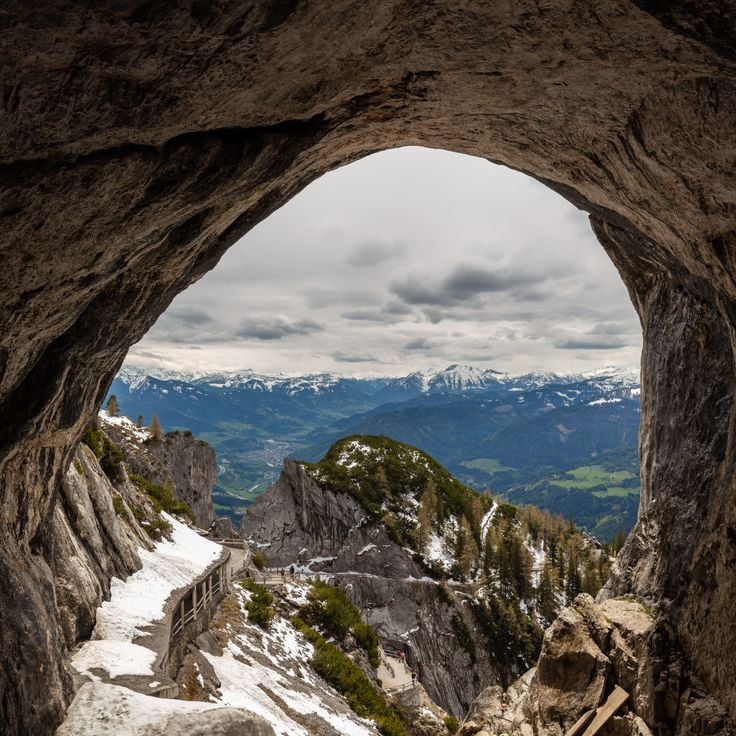
Werfen, Austria
This cave extends for 42 kilometers and contains permanently frozen ice formations with natural columns and walls.
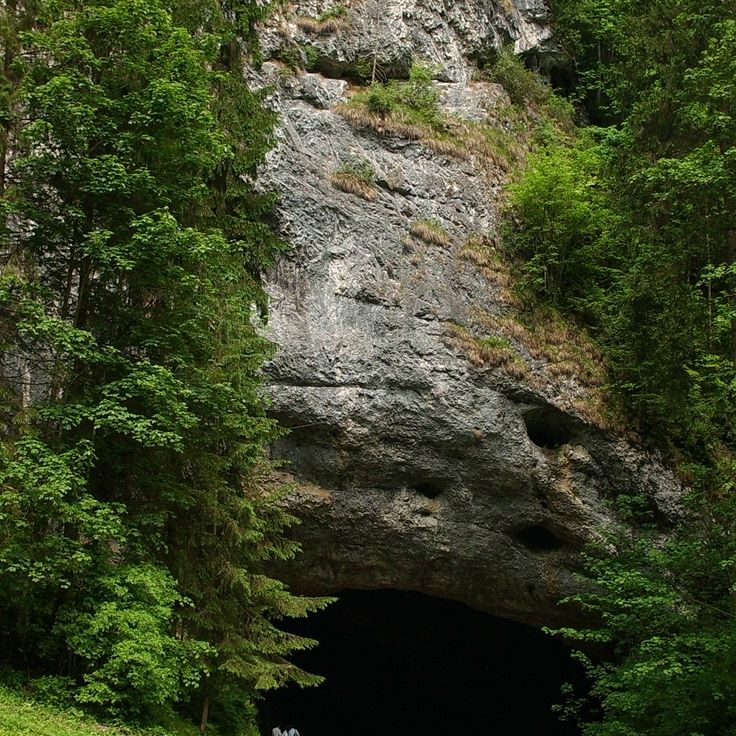
Styria, Austria
The cave system consists of limestone and extends over 5 kilometers with underground lakes and stalactites.
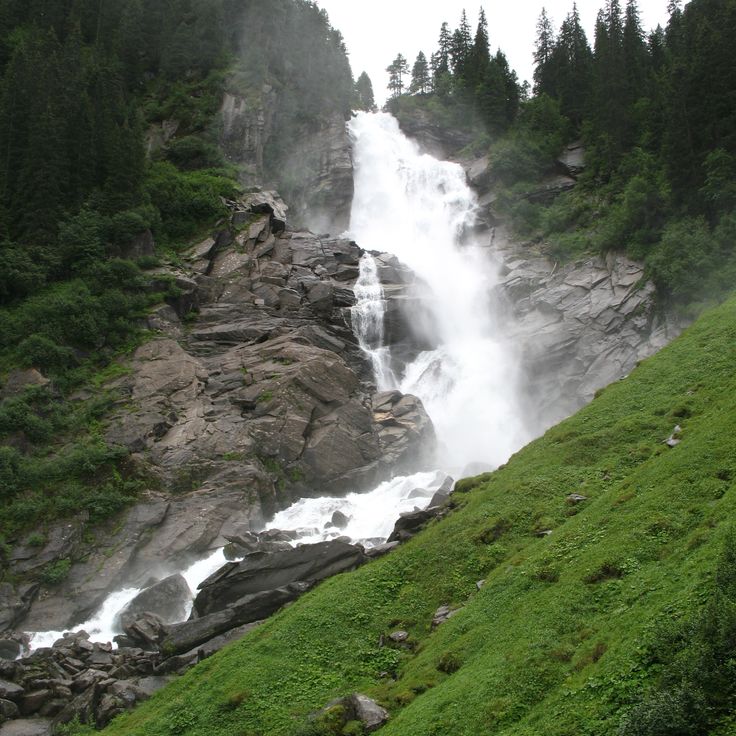
Salzburg, Austria
The waterfall drops in three cascades over 380 meters and sits in Hohe Tauern National Park with alpine flora.

Carinthia, Austria
The 9th-century castle stands on a 160-meter rock and features 14 gates along the path to its summit.
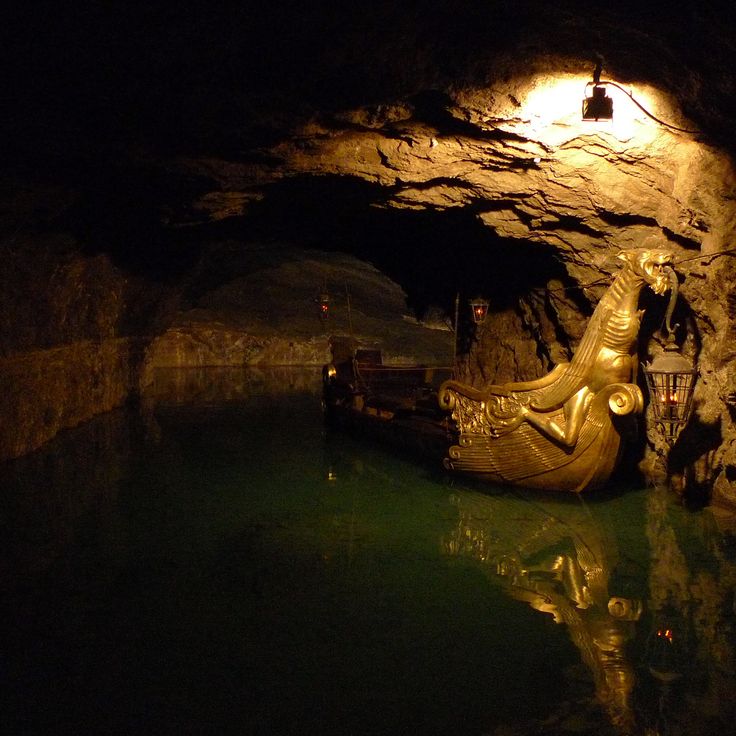
Lower Austria, Austria
The former gypsum mine contains an underground lake of 6200 square meters and offers boat tours for visitors.
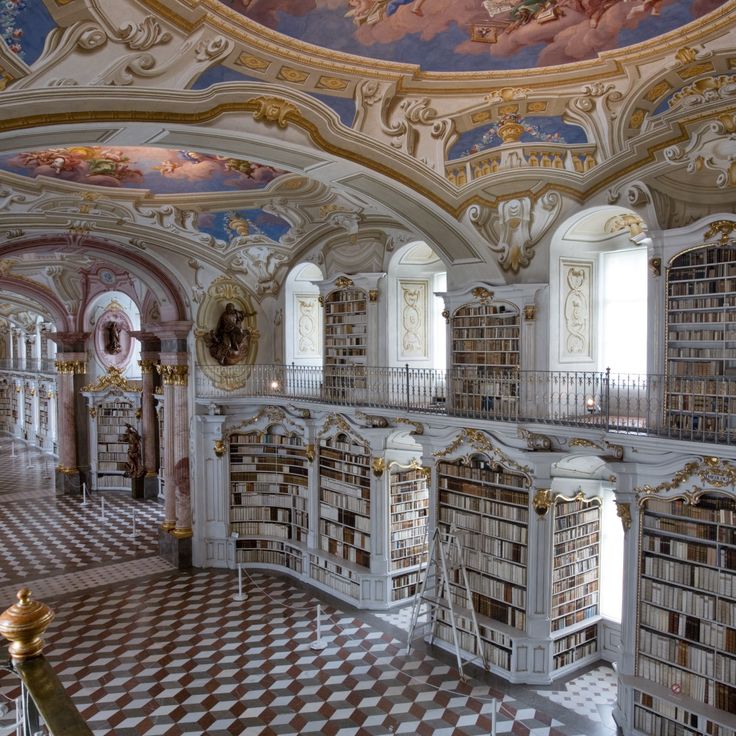
Styria, Austria
This library from 1776 contains 70000 volumes in a 70-meter-long hall with white walls and ceiling frescoes.
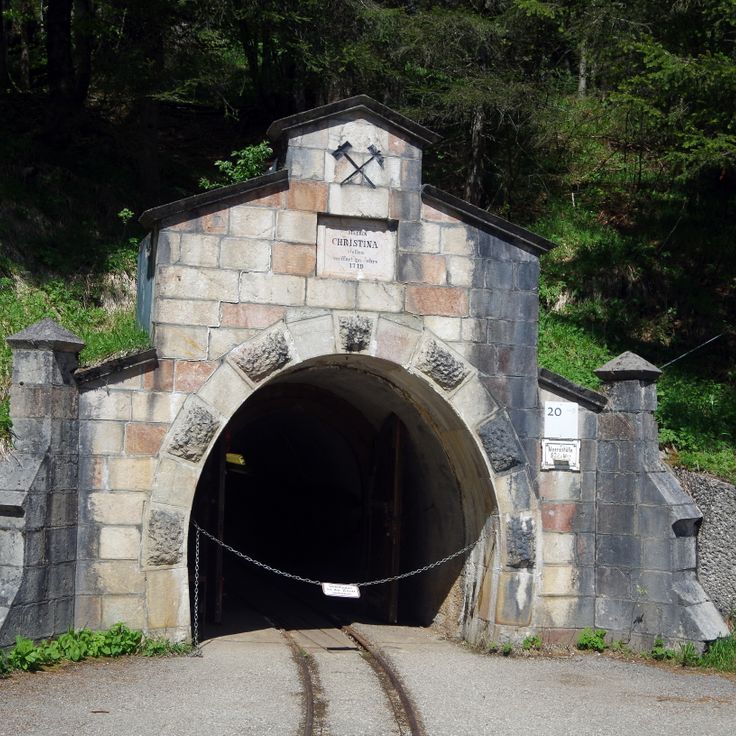
Upper Austria, Austria
This Bronze Age salt mine shows historical mining methods, underground slides and a salt lake at 400 meters depth.

Styria, Austria
The medieval fortress on a volcanic rock features 11 gates, 108 rooms and 2 museums about witch hunt history.

Oberndorf, Austria
The chapel marks the location of Saint Nicholas Church where Joseph Mohr and Franz Gruber composed Silent Night in 1818.

Pöggstall, Austria
The Renaissance palace contains a museum about Archduke Franz Ferdinand and his family, with the crypt of their final resting place.

Gmünd, Austria
This narrow-gauge railway from 1900 connects Gmünd to Groß Gerungs across 40 kilometers through Waldviertel forests and valleys.

Tragöß, Austria
A meltwater lake at the base of Hochschwab mountains, with emerald water reflecting the limestone formations of the surroundings.
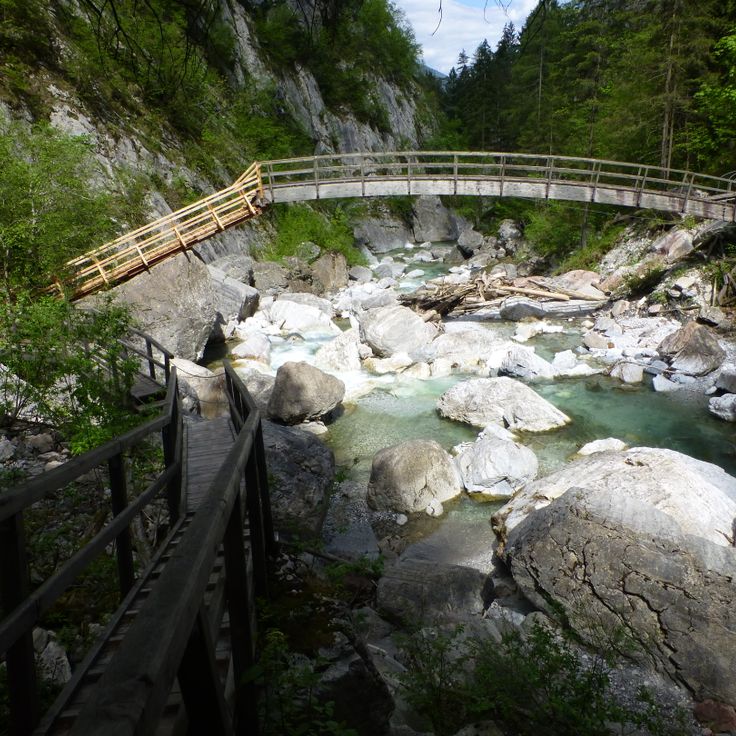
Carinthia, Austria
The gorge features wooden walkways along rock walls. Visitors can observe geological formations from close range.

Lower Austria, Austria
This aerial tramway from 1926 transports visitors to 1545 meters altitude. The summit provides views of Alpine landscapes.

Lower Austria, Austria
The 12th-century castle stands on a rock 300 meters above the Danube. The walls display medieval construction techniques.

Carinthia, Austria
This mountain road connects Carinthia with Salzburg through High Tauern National Park. It reaches an altitude of 2504 meters.

Bregenz, Austria
The museum displays archaeological finds, regional artworks and documents the cultural development of the federal state since Roman times.
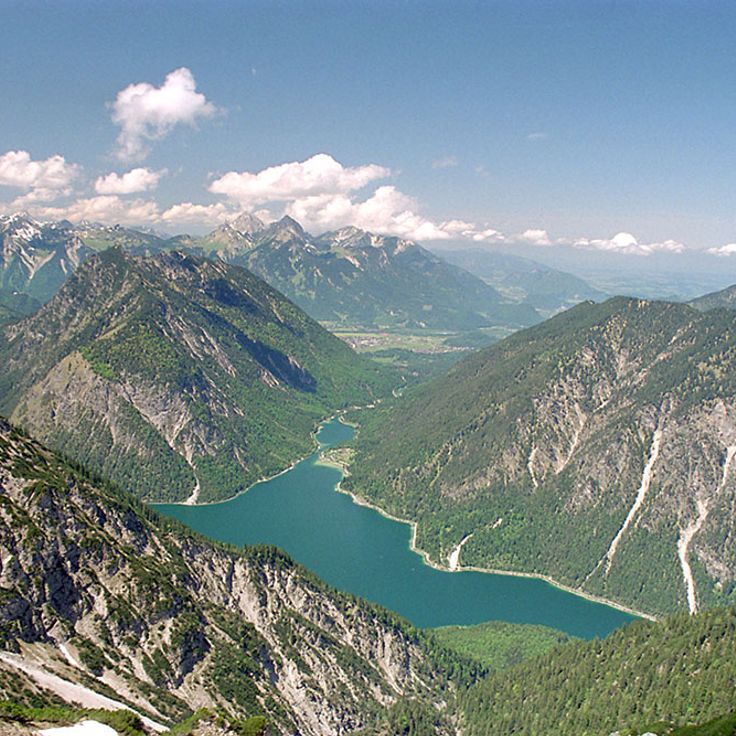
Reutte, Austria
The second largest lake in Tyrol, measuring 2.8 kilometers in length, allows swimming, fishing and boating between mountains.

Lienz, Austria
The valley extends over 22 kilometers and features hiking trails, traditional mountain farms and alpine vegetation.
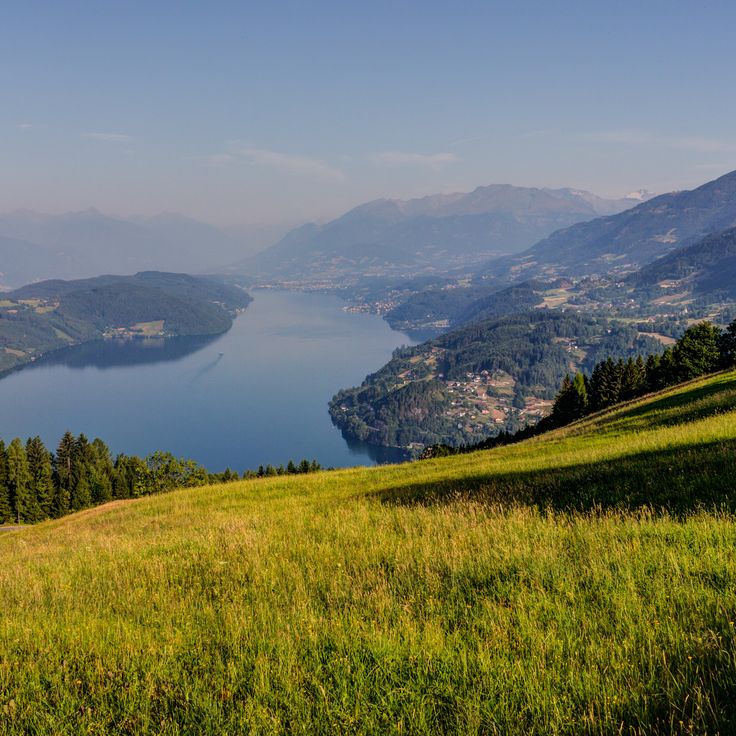
Spittal, Austria
The lake reaches a depth of 142 meters and offers swimming areas, boat trips and water temperatures up to 25 degrees.

Tyrol, Austria
Located at 2675 meters altitude, this glacier enables skiing from October to May with views of the Ötztal Alps.

Tyrol, Austria
The valley at 1100 meters elevation features 150 kilometers of marked hiking paths through mountain meadows and along mountain lakes.
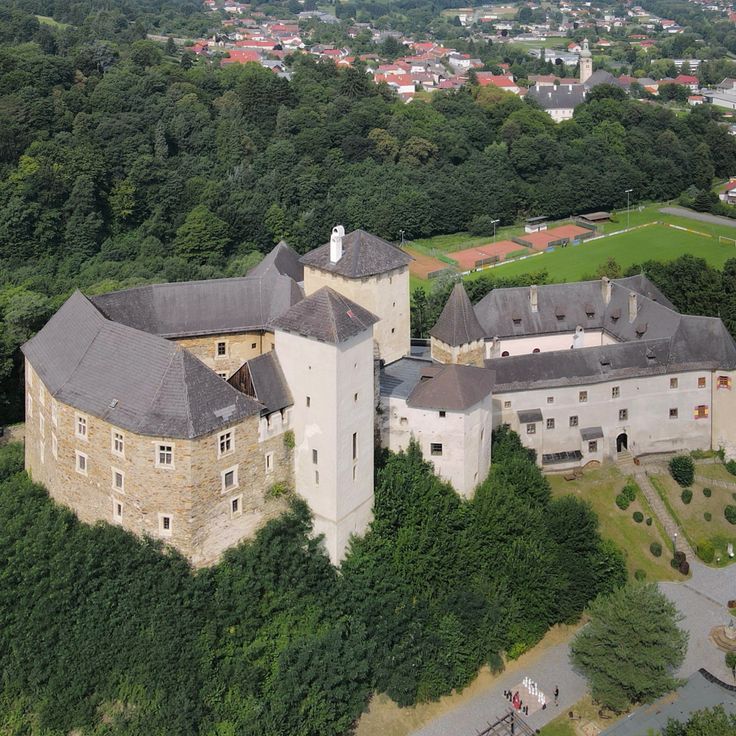
Burgenland, Austria
The 13th century fortress contains a knights' hall, underground passages and a museum about Templar history.

Styria, Austria
The lake sits at 712 meters elevation and covers 2.1 square kilometers with water temperatures ranging from 4 to 22 degrees.

Carinthia, Austria
A viewpoint offering spectacular views of the Grossglockner, Austria's highest mountain, and Pasterze Glacier.
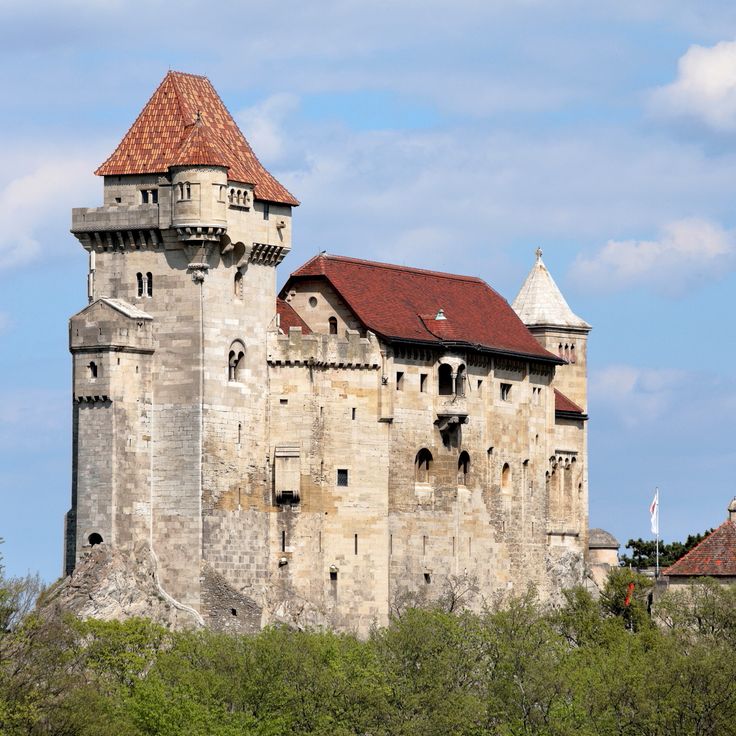
Lower Austria, Austria
The medieval castle from the 12th century was built as a defensive structure. The rooms display historical furniture and armor from the noble family.

Lower Austria, Austria
Striking waterfalls cascading through a wooded gorge, enhanced by wooden walkways and bridges.

Styria, Austria
A rugged national park, ideal for adventurous hiking and white-water rafting, featuring untouched natural beauty.
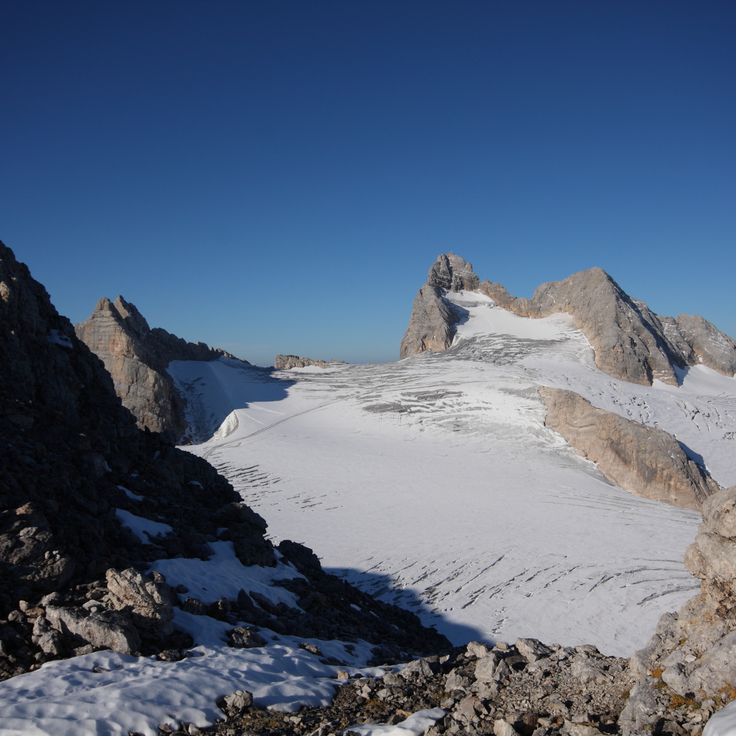
Upper Austria, Austria
The 2995-meter summit stands as the highest peak in the Dachstein massif, offering routes for mountaineers and skiers.
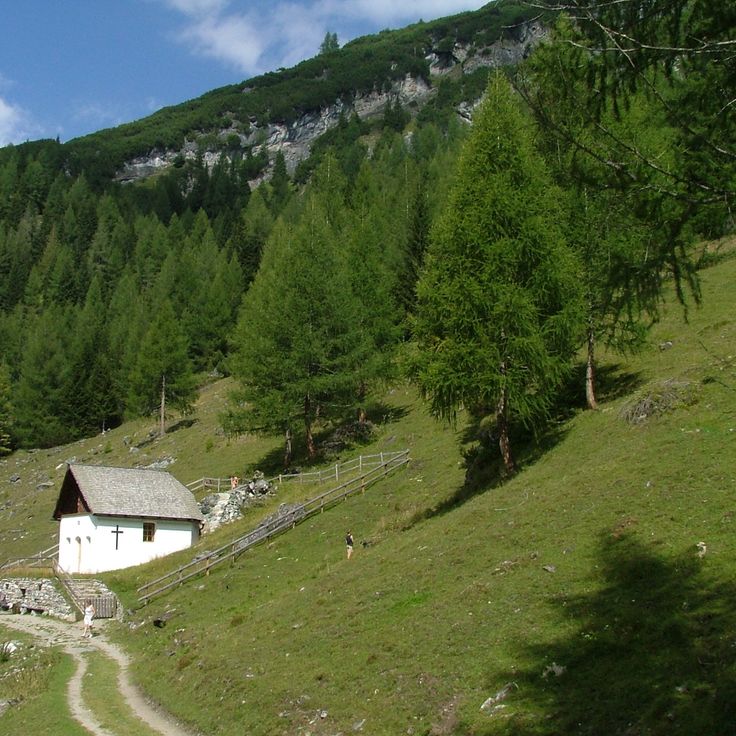
Carinthia, Austria
The Gothic church from the 15th century stands at the foot of Grossglockner. The 87-meter church tower is a distinctive feature.
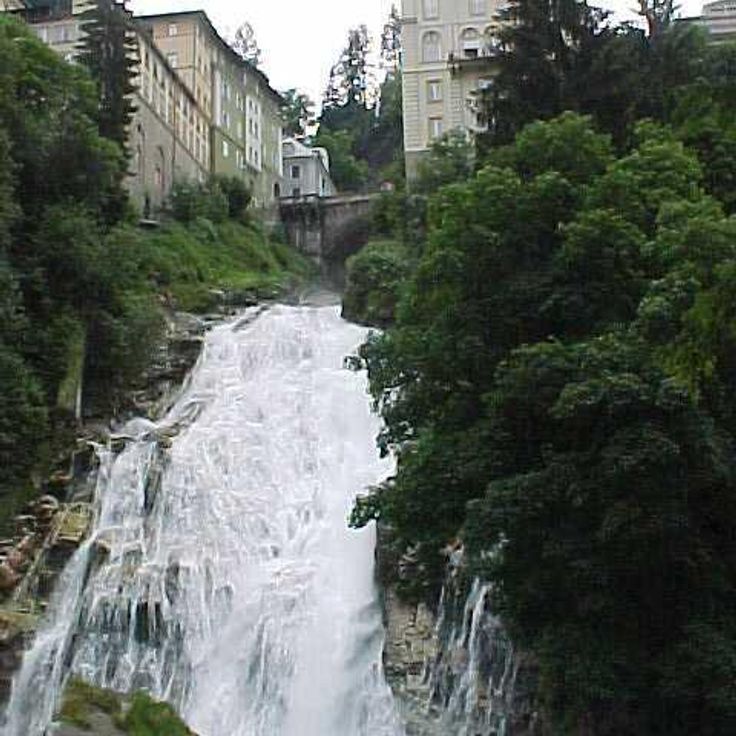
Salzburg, Austria
The waterfall drops 341 meters through the town center. Thermal springs with temperatures of 45 degrees are located nearby.
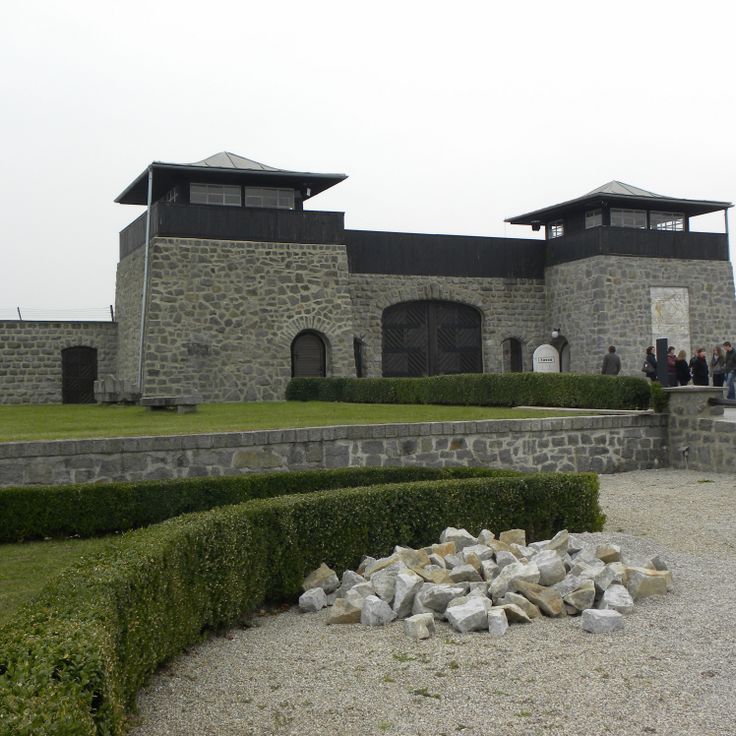
Upper Austria, Austria
The concentration camp from 1938 to 1945 is now a memorial site. The museum documents the history through exhibitions and archives.
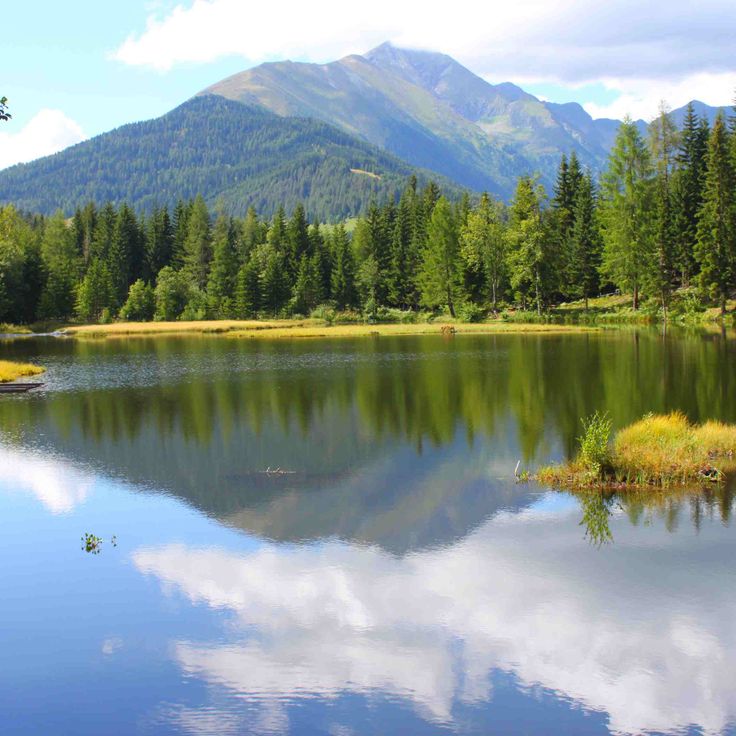
Styria, Austria
The lake sits within a forested area with hiking paths along its shore. The water reflects the surrounding mountains.
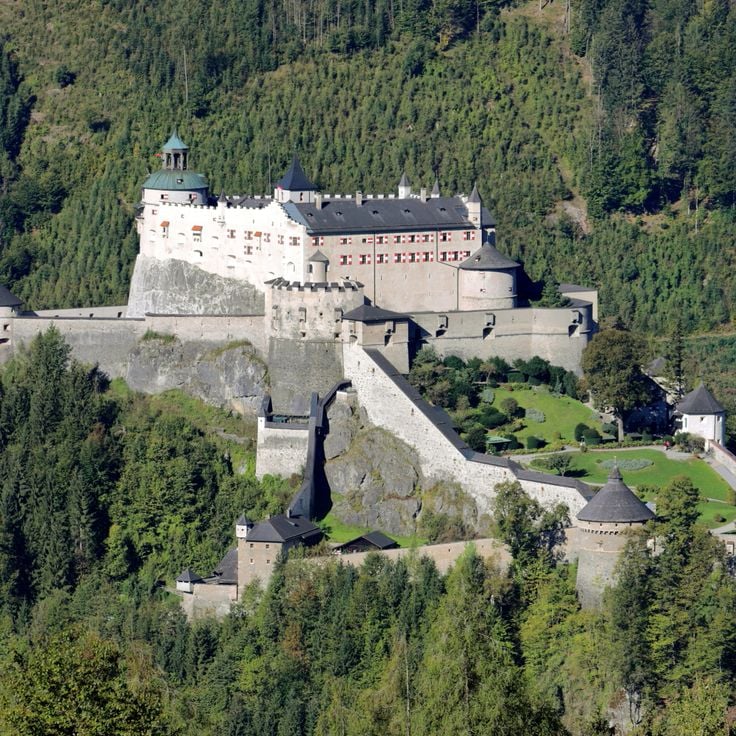
Salzburg, Austria
The 11th century fortress stands on a hill and contains a weapons museum. Daily bird of prey shows occur in the castle courtyard.